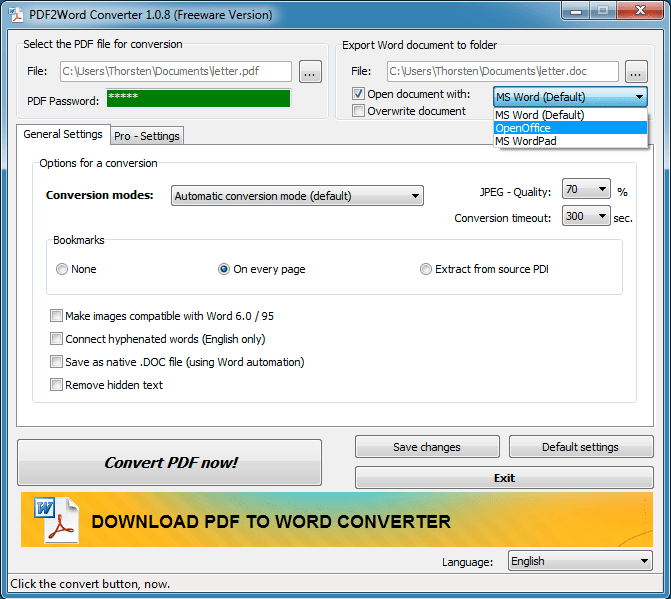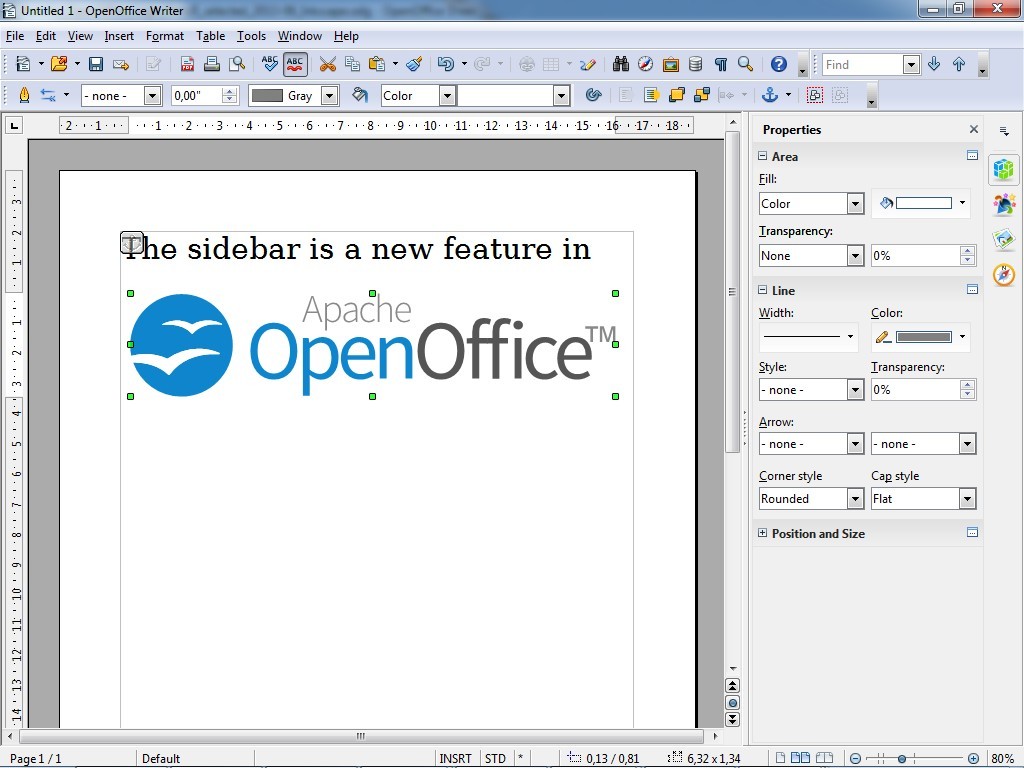

This invisible polygon encloses the letter. In the example at left, the invisible polygon has been moved to the side. You can select this “invisible” polygon by pressing the Tab button (click on the visible letter first, then press Tab this moves the current selection to the next object). An example is shown below.Īfter the conversion there are 2 polygons, one with the visible letter and another polygon, not visible because the lines and area filling are all in white. To use this tool to vectorize the first letter of a chapter in a special font, set the color depth to 1 bit and do not use any background tiling. For transformations like this it is much less effort to use a conversion with background tiles, because then the edges of the picture are straight. It is possible for example to carry out a curved warping operation. With such a vectorized form of the image you can now carry out operations which you would know from classic drawing programs. To be able to operate on these together you should immediately group them after splitting. If you next split the existing Metafile ( Modify > Split), access is gained to individual polygons. Repeat until you have achieved the desired effect, here to have only the background showing. Note: To select such polygons for deletion, click on a curved colored area (the text in the status bar shows “Polygon nnn corners selected”, where nnn is the number of corners of the polygon) and a frame with green handles encloses the area of the polygons selected. The effect below was generated from the picture at left (posterized and vectorized), the polygons were split with Modify > Break, and a number (in this case 6) of the (foreground) polygons were deleted until the resulting background was achieved. Here again the picture is transformed with the Poster filter, but this time with a point reduction of 4 pixels and a tile size of 16 pixels. and then with 16 colors and 0 pixel point reduction vectorized.

Original picture transformed with the Poster filter and 64 colors … Original picture with 16 colors and 0 Pixel point reduction vectorized The Tile size option allows the width in pixels of the width of these square areas to be preset. If the Fill holes option is marked, additional square, tiled areas are created with a background color the same as the hole. Point reduction can result in small areas or “holes” which are not covered by a polygon. The section of the picture below, highly magnified, shows that with a larger point count small flecks of color-typical of irregular color patterns-simply disappear. Polygons will only be created if they have a size greater than the value given in this setting.

It is worthwhile to try reducing the number of colors by changing the color depth or with the Poster filter. The algorithm used in the reduction of the number of colors is not yet optimal. These polygons are then filled with the relevant color. For every color occurring in the picture, Draw creates a polygon the polygon may in fact consist of several disconnected parts. The picture can, however, contain fewer colors. Because graphics conversion can take some time, depending on the picture and the computer, a progress bar is included at the bottom of the dialog (see Figure 11).įigure 11: Conversion of a picture to polygonsĭraw considers between 8 and 32 colors in the conversion. The Preview button generates a preview of the conversion with the current settings. The conversion begins with the Convert to Polygon dialog, where a number of settings can be defined. The total image effectively becomes a vector graphic and can be resized with no loss of image quality. This command creates, from areas of the same color, a number of small polygons filled with color. From the context menu or from the Modify menu, choose Convert > to Polygon. Select the picture so that you see the green handles. The polygon offers you in any case a number of possibilities for further change: modify shape or define transparency gradient. The polygon is in fact a vector graphic but the picture remains as a bitmap image. All your modifications must be completed before this point. In this state you are not able to further edit the graphic.

This command creates from the original image a polygon or group of polygons, with 4 corner points and the image set as a background graphic. From the context menu or from the Modify menu choose Convert > to Contour.


 0 kommentar(er)
0 kommentar(er)
